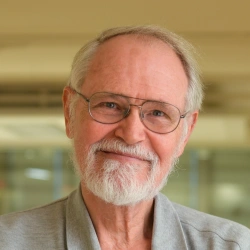
Arvind Narayanan

Janet Vertesi

Prateek Mittal

Kevin Deas












The University of Washington (UW, simply Washington, or informally U-Dub) is a public research university in Seattle, Washington. Founded on November 4, 1861, as Territorial University, Washington is one of the oldest universities on the West Coast; it was established in Seattle approximately a decade after the city's founding. The university has a 703 acre main campus located in the city's University District, as well as campuses in Tacoma and Bothell. Overall, UW encompasses more than 500 buildings and over 20 million gross square footage of space, including one of the largest library systems in the world with more than 26 university libraries, art centers, museums, laboratories, lecture halls, and stadiums.

The Biological Physics Structure and Design program at the University of Washington Seattle is an interdisciplinary PhD entry point dedicated to exploring the fundamental principles governing biological systems through the lens of physics structure and design. This collaborative group brings together faculty and students from diverse departments including Bioengineering Biochemistry and Physics to investigate cutting-edge areas such as protein structure and design biophysics and structural biology. Students gain a deep understanding of the intricate shapes of biological molecules and apply quantitative methods to engineer novel biological entities. The program provides a broad interdisciplinary foundation while students ultimately earn a PhD from their faculty advisors home department fostering deep expertise at the exciting intersection of physical and biological sciences.
View Biological Physics, Structure and Design